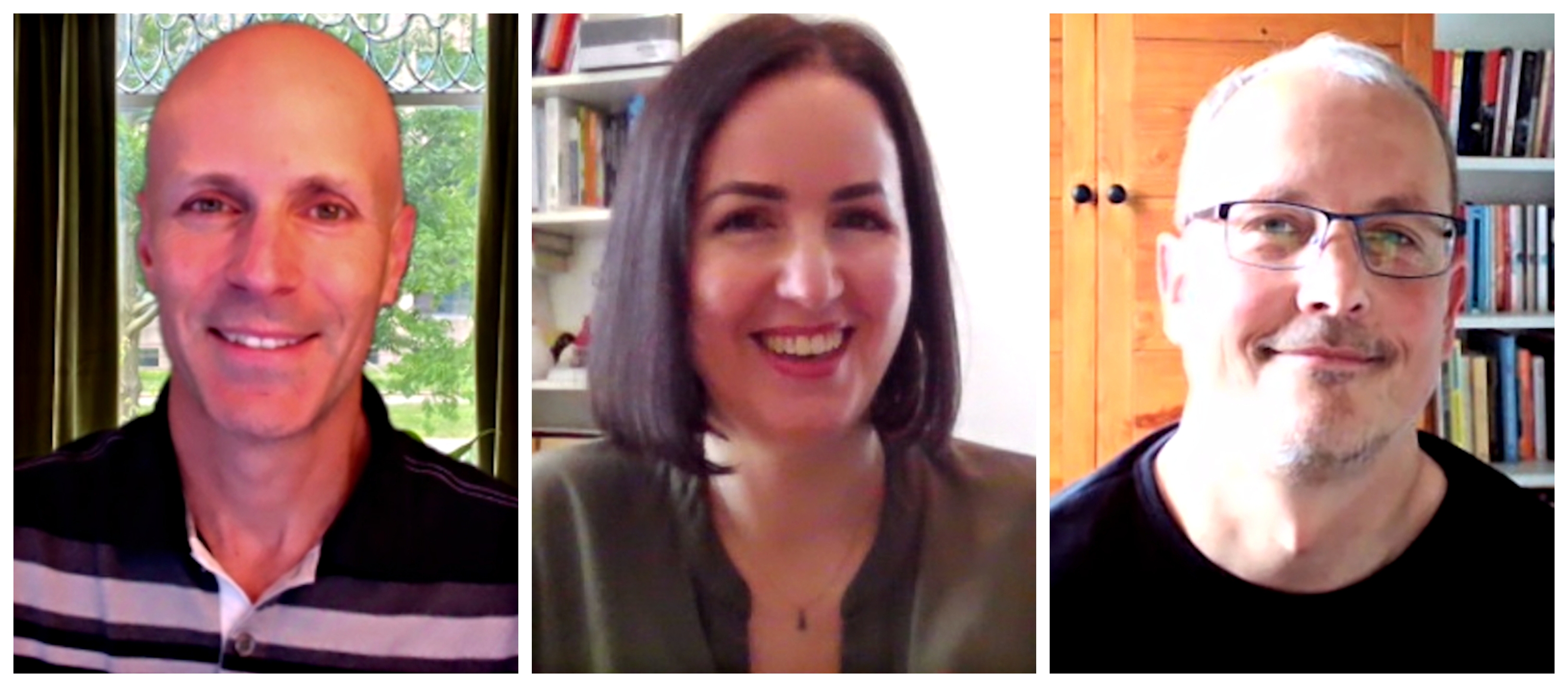EASP Pre-registered Grant Report by Emma Henderson and Team
14.09.2021, by Tina Keil in grant report
Emma Henderson (Kingston University, University of Surrey); Daniel Simons (University of Illinois at Urbana-Champaign); Dale Barr (University of Glasgow)

The trajectory of truth: A longitudinal study of the illusory truth effect
The illusory truth effect describes the phenomenon whereby repeated statements are judged to be truer than comparable new statements. The effect is independent of the actual truth of the items. That is, simply repeating information makes it feel truer regardless of whether that information is actually true or false. In a typical paradigm, participants are first exposed to the to-be-repeated statements, and after an interim delay period, participants judge the truth of a mix of new and repeated statements. The effect has been observed over delays ranging from minutes (Unkelbach & Greifeneder, 2018), to weeks (Gigerenzer, 1984), and even months (Brown & Nix, 1996). A meta-analysis combining these studies found that delay did not moderate the effect (Dechêne et al., 2010), yet all explanations of the effect predict that the effect size should change with time. In contrast, the few studies published since the meta-analysis that directly manipulated delay, suggested that time might moderate the effect, but with no consensus as to whether delay increases or decreases it.
To better understand the effect of delay on the illusory truth effect, we planned a preregistered, longitudinal study in which we systematically varied the time between the exposure and test phases. We recruited 608 participants using Prolific and presented them with a set of trivia statements which they categorised according to topic. Then four times, after different intervals (immediately, one day, one week, one month), participants rated the truth of a subset of the statements, along with equal numbers of previously unseen statements. We calculated the illusory truth effect at each time point as the difference between truth ratings for new statements and those for repeated statements.
As we had predicted, we observed an overall illusory truth effect when averaging across all four time intervals and, in contrast to the meta-analysis, we found that delay did moderate the effect: The effect size diminished at every interval. This repetition-by-interval interaction implies that information repeated across short timescales has a greater effect on truth judgements than repetitions that are weeks apart. Exploratory analyses indicated that attention during the exposure phase and the time participants took to complete each test were largely unrelated to the effect. Further analyses showed that 85% of participants displayed the predicted effect.
The Registered Report has now been published in the Journal of Cognition: https://www.journalofcognition.org/articles/10.5334/joc.161/.
The EASP Preregistered Research Grant went toward the cost of participant compensation. We thank the EASP for their generous funding, and for implementing a granting mechanism that supports the important scientific reform of preregistration.
References
- Brown, A. S., & Nix, L. A. (1996). Turning lies into truths: Referential validation of falsehoods. Journal of Experimental Psychology: Learning, Memory, and Cognition, 22(5), 1088–1100. https://doi.org/10.1037/0278-7393.22.5.1088
- Dechêne, A., Stahl, C., Hansen, J., & Wänke, M. (2010). The truth about the truth: A meta-analytic review of the truth effect. Personality and Social Psychology Review, 14(2), 238–257. https://doi.org/10.1177/1088868309352251
- Gigerenzer, G. (1984). External validity of laboratory experiments: The frequency-validity relationship. The American Journal of Psychology, 97(2), 185–195. https://doi.org/10.2307/1422594
- Unkelbach, C., & Greifeneder, R. (2018). Experiential fluency and declarative advice jointly inform judgments of truth. Journal of Experimental Social Psychology, 79, 78–86. https://doi.org/10.1016/j.jesp.2018.06.010